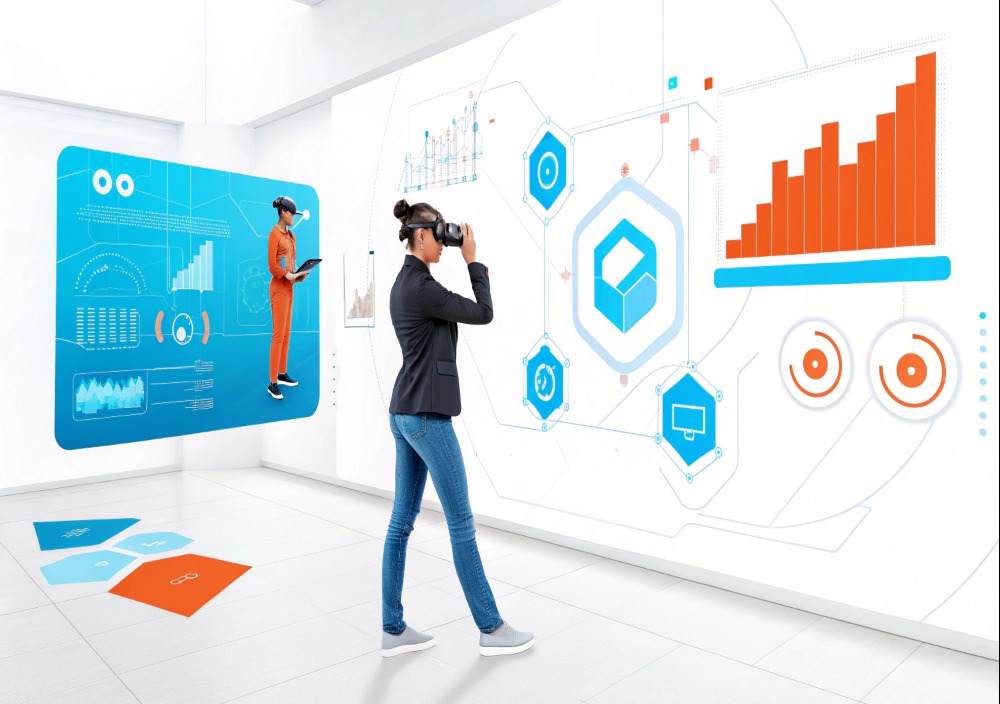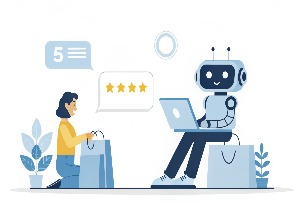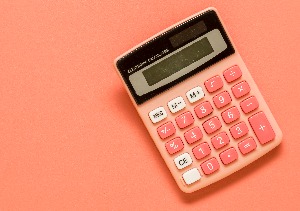The digital world never stands still, and as we move through 2025, web design continues to evolve in exciting and innovative ways. Keeping up with the latest trends is essential for businesses looking to stay ahead in an increasingly competitive online landscape. At Flexi IT, we pride ourselves on crafting cutting-edge web experiences that blend aesthetics with functionality. Here’s what’s shaping the web design industry in 2025 and how you can leverage these trends for success.
1. Immersive Visual Experiences
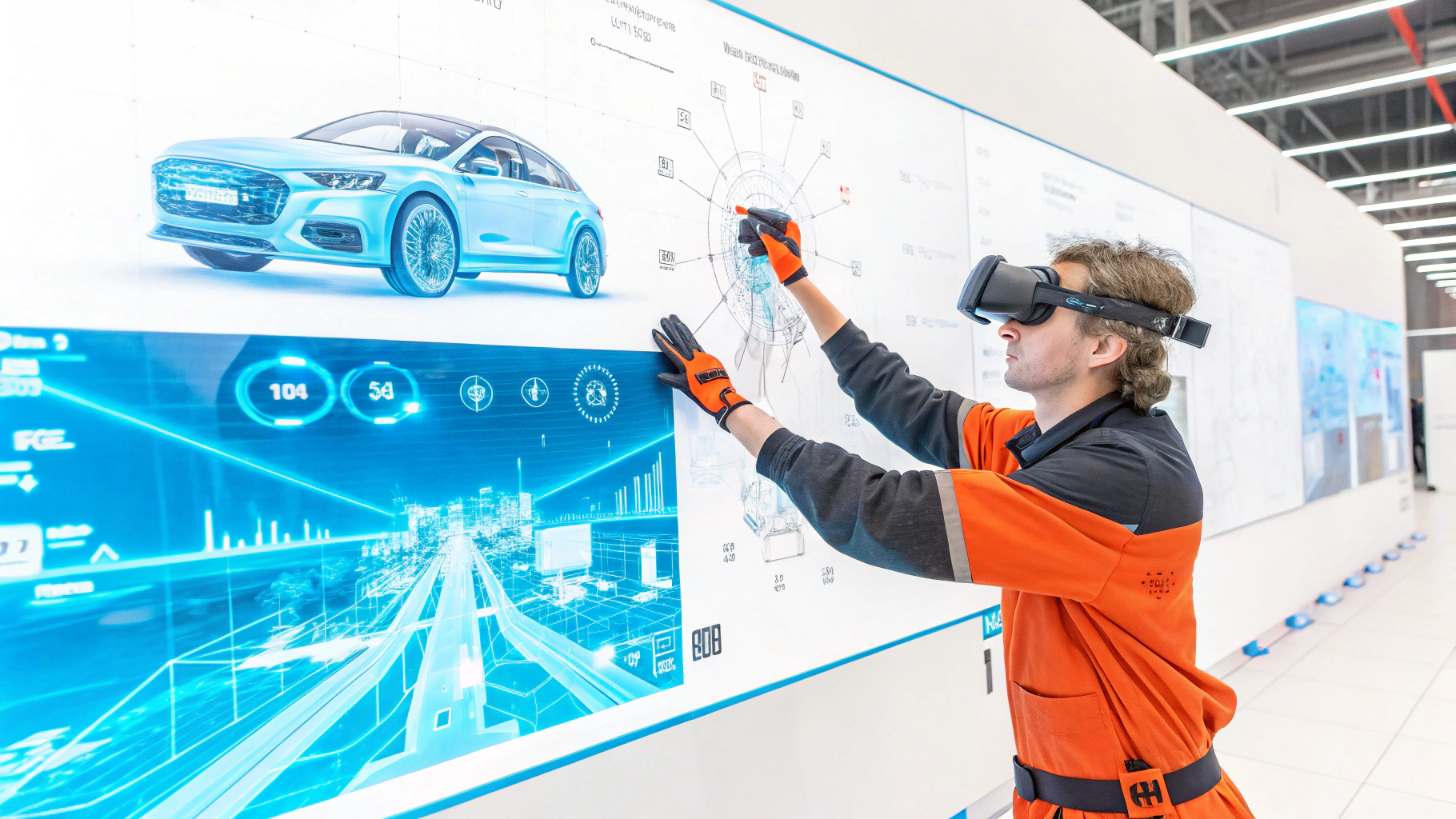
Websites are no longer static pages but dynamic, interactive environments designed to engage users. Expect to see an increase in:
- 3D designs & animations – Adding depth and realism to web pages.
- Augmented Reality (AR) integration – Allowing users to interact with products virtually before purchasing.
- Macro animations – Large-scale, seamless animations that guide users through content.
- Custom illustrations & interactive storytelling – Enhancing user engagement and brand personality.
Example: E-commerce stores using AR to let customers visualize furniture in their space before purchasing.
2. Mobile-First Design: A Non-Negotiable Priority
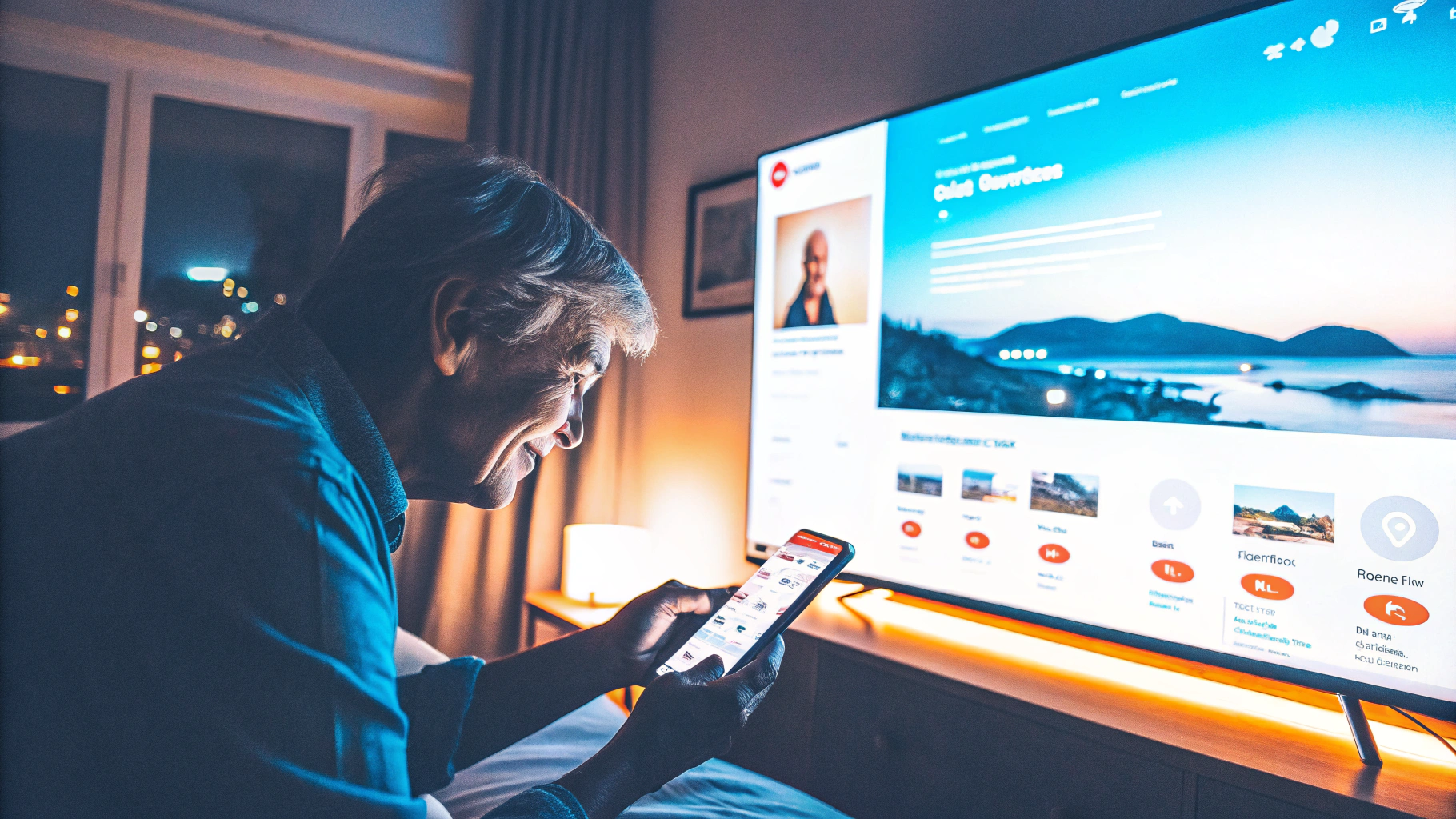
With mobile traffic dominating the web, designing for mobile-first is now a must. Key aspects include:
- Touch-friendly navigation – Larger buttons, more space between links.
- Fast-loading pages – Optimized images and efficient coding to reduce load times.
- Thumb-friendly design – Placing key elements within easy reach of the user's thumb.
- Full-screen headers – Clean, minimalist designs that immediately convey the most important information.
Why it matters: Google prioritizes mobile-first indexing, meaning that mobile usability directly impacts search rankings.
3. AI-Powered Personalization

Artificial Intelligence (AI) is transforming web design by tailoring content and interactions based on user behavior. This includes:
- Dynamic content adaptation – Personalized recommendations and UI changes based on user preferences.
- AI-driven chatbots & assistants – Providing real-time support and engagement.
- Behavior-based UX customization – Adjusting layouts and experiences depending on past interactions.
Example: E-commerce websites suggesting products based on browsing history and past purchases.
4. Sustainability & Eco-Friendly Web Design
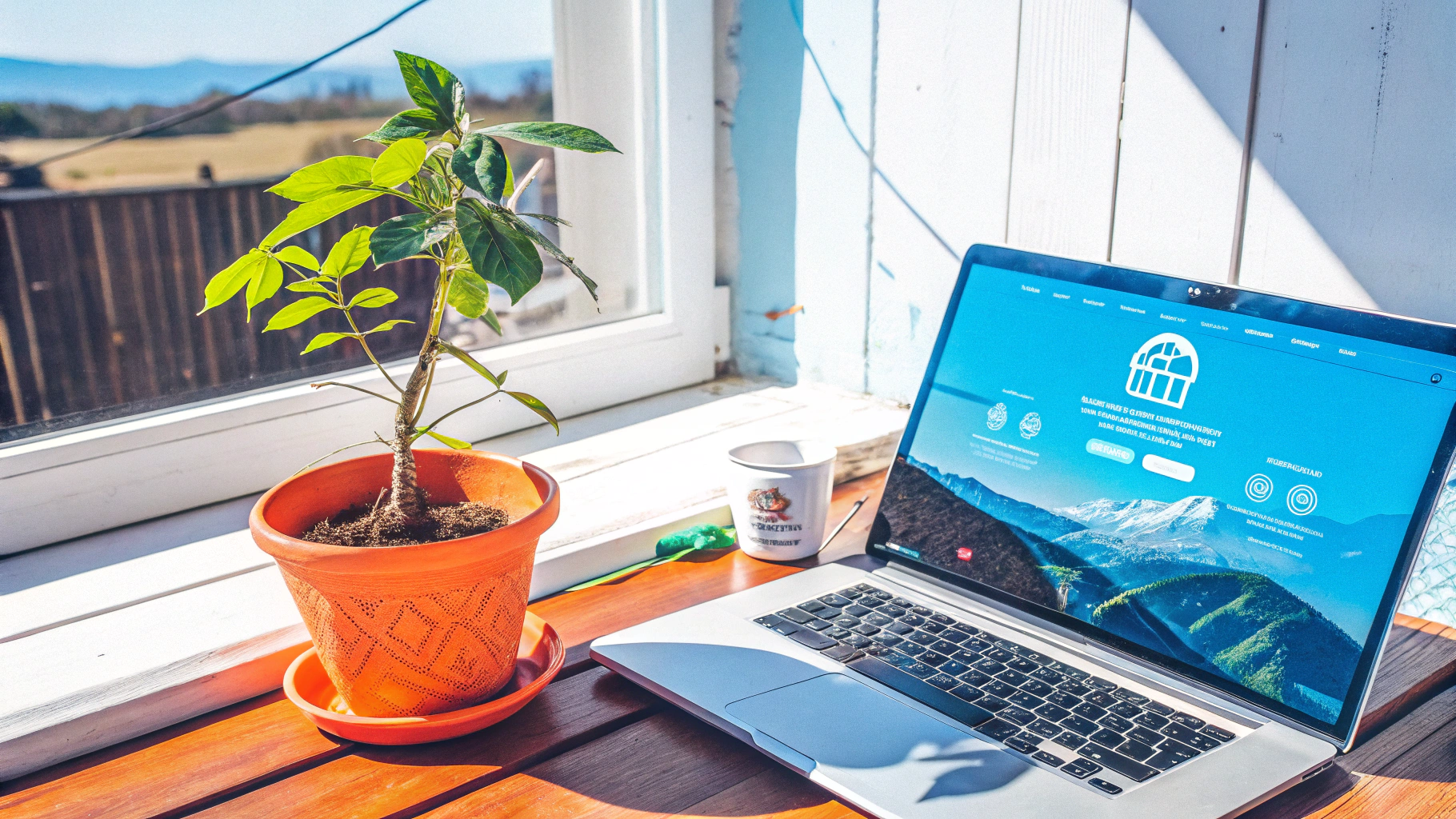
The push for greener digital solutions is influencing how websites are built. Sustainable web design practices include:
- Energy-efficient coding – Reducing unnecessary scripts to lower server load.
- Optimized media files – Compressing images and videos to reduce bandwidth use.
- Eco-friendly hosting – Choosing hosting providers that use renewable energy.
Why it matters: Users and search engines increasingly favor brands with strong sustainability initiatives.
5. Accessibility & Inclusive Design

Web design is becoming more inclusive, ensuring that sites cater to all users, including those with disabilities. Key features include:
- Alt text for images – Helping visually impaired users understand visuals.
- Keyboard-friendly navigation – Ensuring usability without a mouse.
- Clear and readable typography – Prioritizing legibility over decorative fonts.
- Voice navigation optimization – Enhancing compatibility with voice assistants like Alexa and Siri.
Example: Government and educational websites implementing robust accessibility standards to meet regulations.
6. Micro-Interactions for Better Engagement
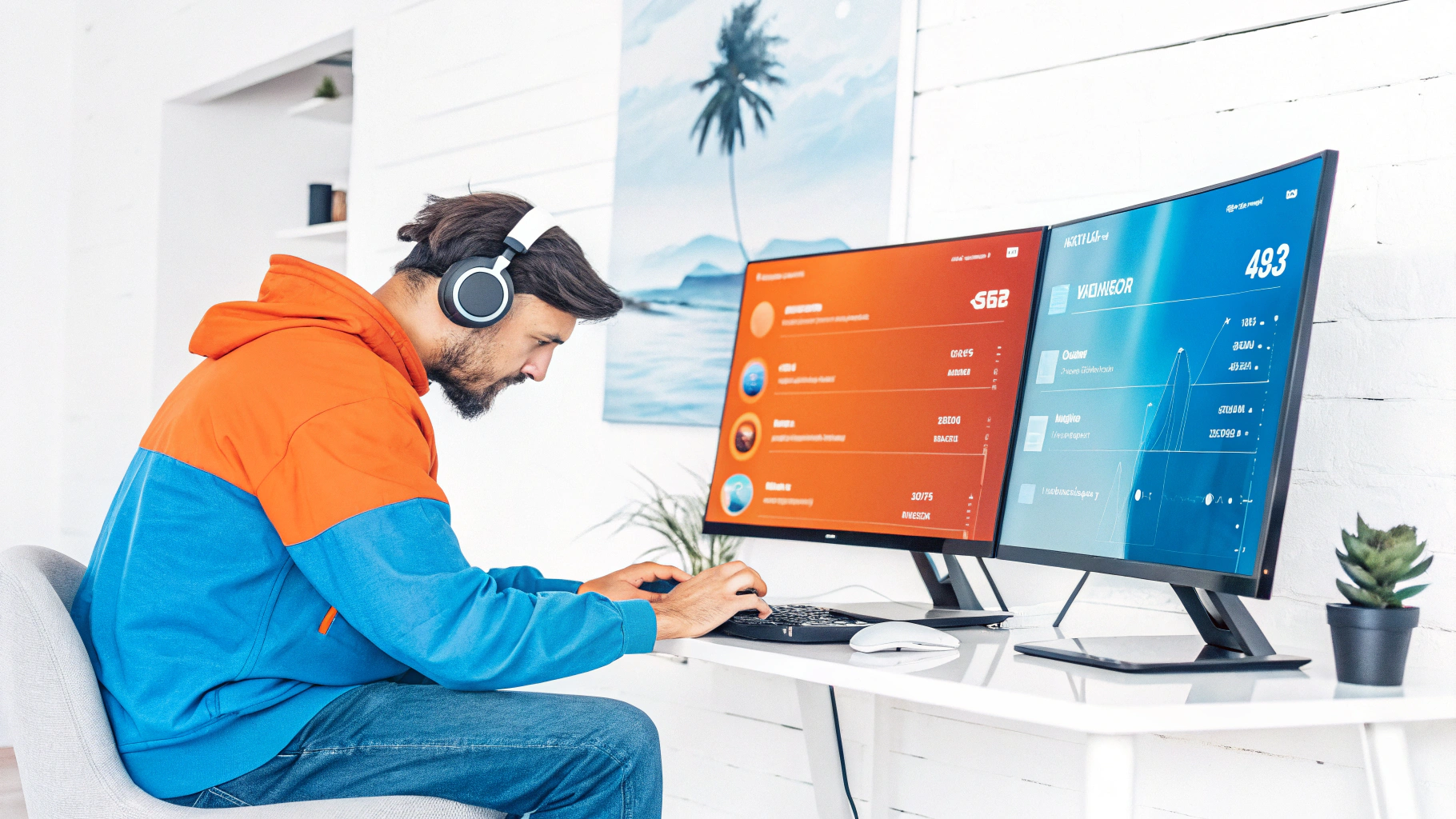
These small yet powerful animations provide feedback and enhance UX. Examples include:
- Button hover effects – Indicating interactivity.
- Loading animations – Keeping users engaged while content loads.
- Subtle motion design – Guiding users' attention naturally.
Why it works: Micro-interactions improve user satisfaction and make websites feel more intuitive and modern.
7. Voice User Interfaces (VUI) & Voice Search Optimization
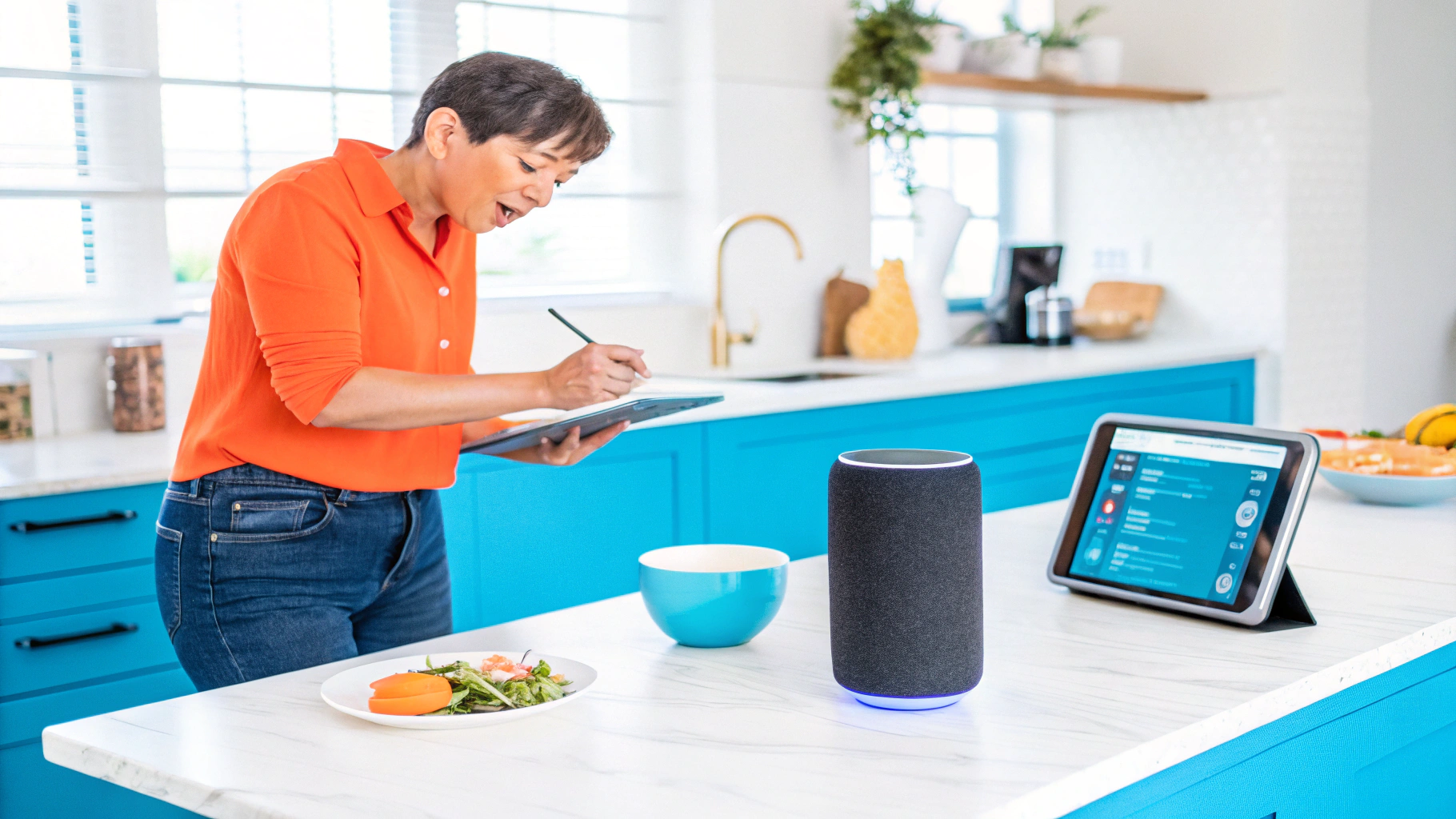
As voice search grows in popularity, optimizing websites for voice interactions is key. This means:
- Conversational content formatting – Using natural, question-based structures.
- Schema markup for structured data – Making content easily readable for voice assistants.
- Simple and direct navigation – Ensuring easy command-based interactions.
Example: Retail websites allowing users to search for products using voice commands.
8. Minimalist & Dark Mode Design
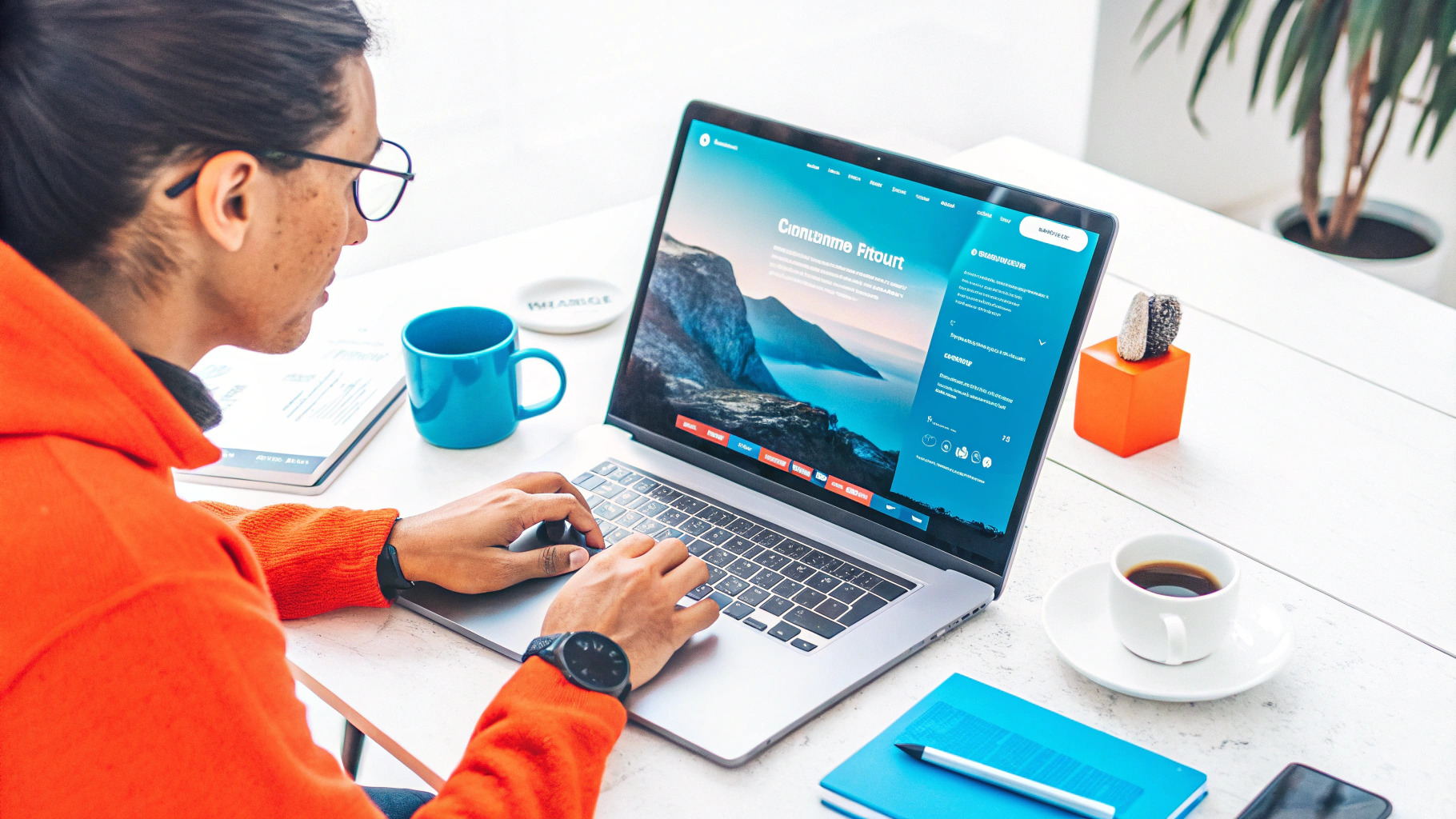
Less is more in 2025, with minimalist aesthetics reigning supreme. Features include:
- Decluttered interfaces – Focusing on essential content.
- Simplified navigation – Making information easy to find.
- Dark mode compatibility – Reducing eye strain and improving readability.
Why it matters: Minimalist designs enhance usability and improve loading speeds.
9. Cutting-Edge Technologies Shaping Web Design

Several emerging technologies are redefining how websites function:
- WebAssembly (WASM) – Allowing high-performance applications to run directly in browsers.
- Progressive Web Apps (PWAs) – Providing app-like experiences on the web with offline capabilities.
- Accelerated Mobile Pages (AMP) – Enhancing mobile browsing speed and performance.
- API-First Development – Enabling seamless integrations between web services.
Example: PWAs used by major retailers to offer app-like shopping experiences without requiring downloads.
Conclusion: Designing for the Future
Web design in 2025 is all about creating immersive, efficient, and user-friendly experiences that adapt to new technologies and user behaviors. Businesses that embrace these trends will not only stay relevant but also gain a competitive edge in the digital landscape.
At Flexi IT, we specialize in innovative web design solutions that integrate the latest trends with cutting-edge technology. Whether you need a fresh website or a redesign, our expert team is here to bring your vision to life.
Need a modern, future-ready website? Contact us today to discuss your project!
